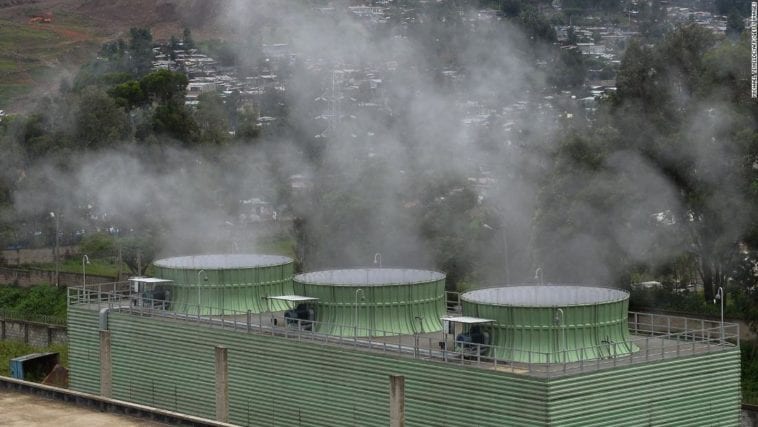Waste to energy: is this a good way to use what would have gone to the landfills?
Our economy is surrounded by raw materials – natural resources, wherein these natural resources that we consume daily have been extracted, manufactured, processed, transformed, bought, and sold. We often spend a lot of money on consumer goods that are either pushed down in our throats down to our stomach or right after tearing off its plastic cover, taking whatever is inside, and throw away its container into the trash bin.
However, it is inevitable to do such because whatever we purchase and consume depends on its purpose. Thus, it is natural for humans to consume given our different necessities. Also, do not forget the fact that human populations grow exponentially.
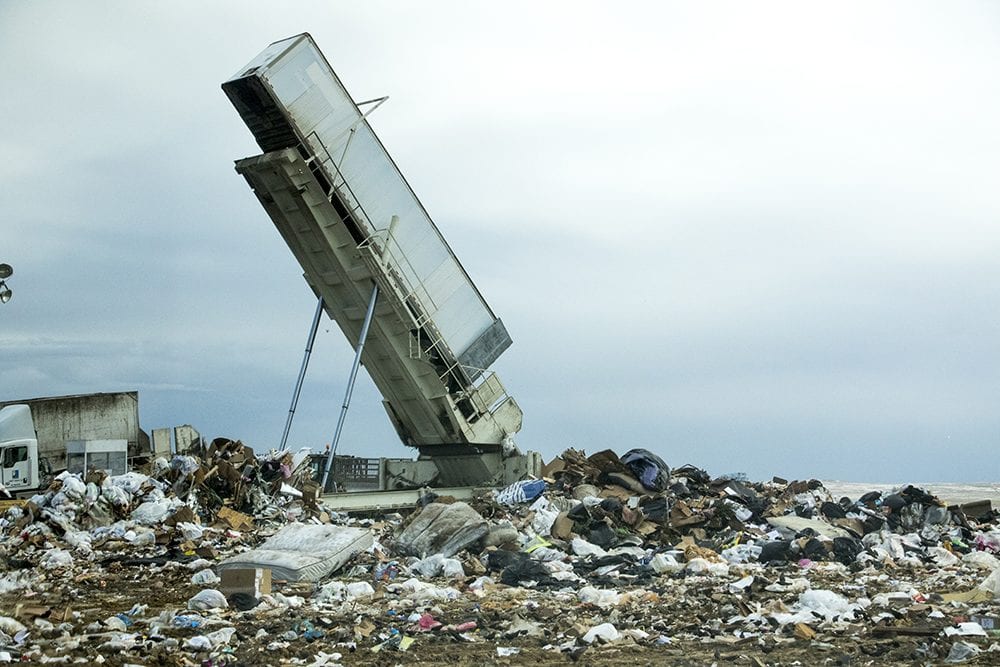
The way we consume raw materials over the years has grown and even tripled. The wretched feature about this fact is that the amount of raw materials we consume daily is equivalent to the immense amount of waste we dispose of. Hence, this is an abominable predicament because the fact that we are consuming raw materials more than usual is already inducing a harmful effect on the environment.
What more if the amount of waste disposal is unfortunately burgeoning. It is pretty justifiable if everything we consume is actually ‘necessities,’ yet, unfortunately, that is not the case. Humans also consume and purchase products that are not much of use or even good for long-term investment. Some of these are just for either entertainment for a short time or simply replacements and will soon be at the feet of disposal.

The way we live exhausts Earth’s resources to the point where the health of all beings is critically in danger. True enough, there could come a time where Earth can no longer accommodate our needs. Thus, a resolution in regards to this problem must surface.
Then we have what we call waste to energy programs. No clear and evident information says who is the person behind the emergence of the waste to energy program. Nevertheless, let us find out what it means, its goals, benefits towards the environment, and why should the government implement this?
What is waste to energy?
Waste to energy is an action that combusts waste and turns it into a source of energy. It aims to convert waste into energy which would also mitigate waste in landfills and dumpsites. With this, it can reduce the negative impacts it causes our environment.
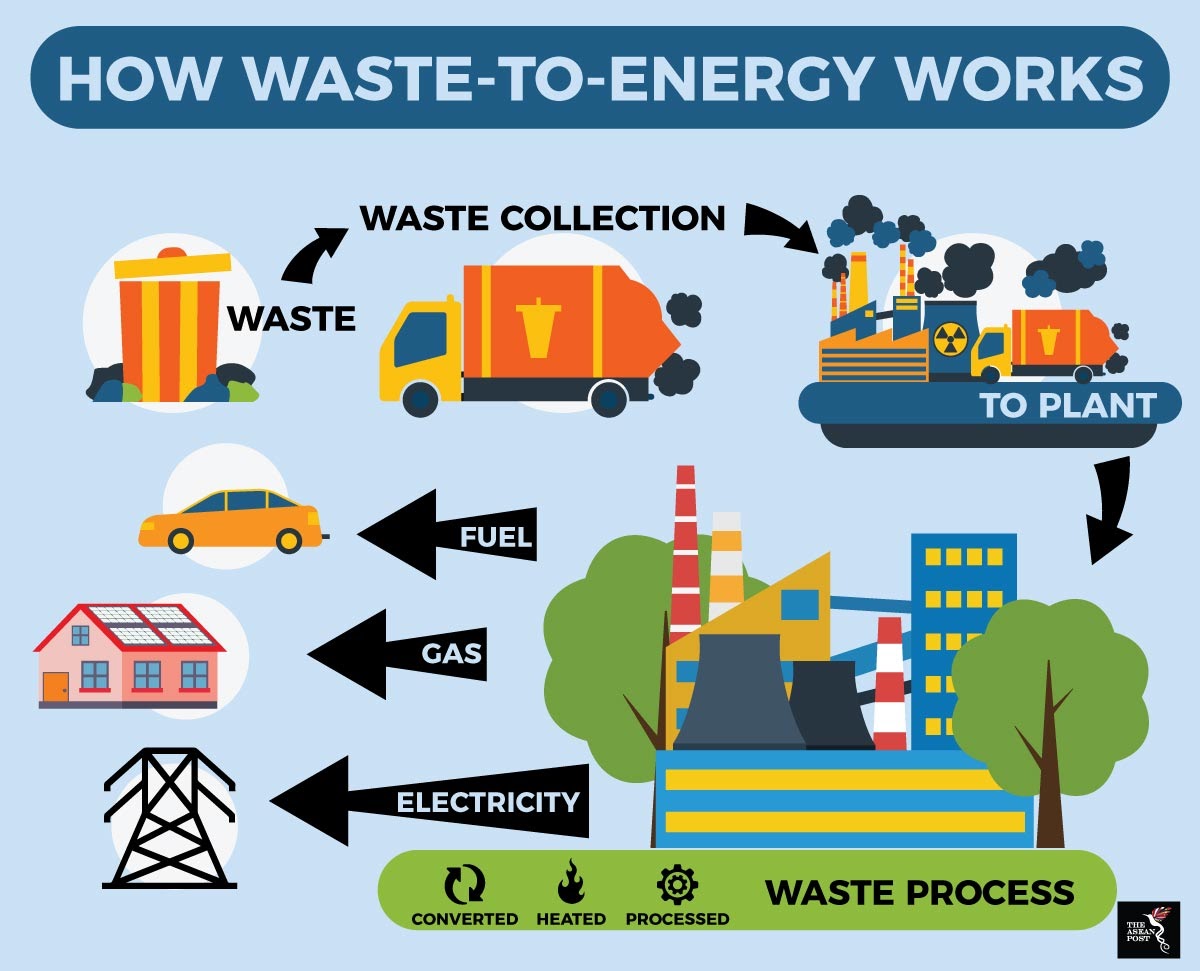
Hundreds of millions of tons of garbage get thrown on landfills. Now, with that tremendous amount of waste, imagine the great possibility of turning that into energy without using fossil fuels or coal.
With many clamoring for a sustainable future, a move in the energy sector like this increased its prominence. It became a sensible and logical option to eradicate garbage and put it into good use. Thus, generating energy from waste is a good move as it benefits the entire community.
How green is waste to energy?
Of course, we have to contextualize how green this movement is while also protecting the environment and its constituents. And to do that, let us consider the ‘Waste Hierarchy’ as a basis. Waste Hierarchy is a set of priorities for the efficient use of resources. It is an order of preference to reduce and manage waste.
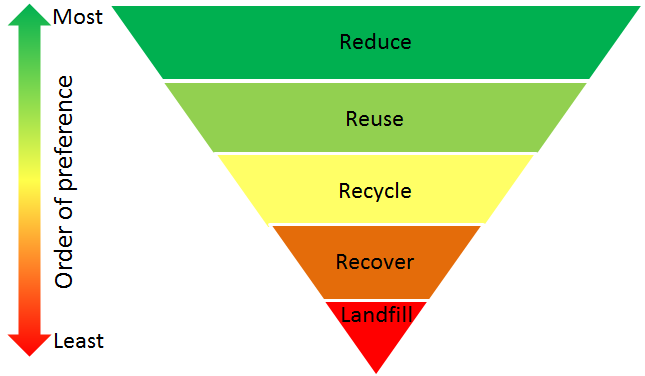
As you can see, disposal of waste is listed last because the terms that came before it are the most preferable. Of course, before we dump materials, we always double-check which ones. Now, it is effective. Yes. There is a countless waste to energy technologies available at present. But the next question would be, is it as green as to how we thought it would be?
This question is worth pondering because every project is not as clean and free from bad effects after all. According to Energy Saving Trust, waste to energy is green, as long as they follow the waste hierarchy. Given that before it reaches the landfills, the hierarchy follows a preferred process for this. This is why reuse, reduce, recycle come first than disposal to see to it that materials or consumed goods being thrown away by people can still be recycled or not. Thus, the remains would now depend if the waste is green or not.
Thus, we cannot tell if it is green or not because it will always depend on the remaining wastes left after passing through the above process in the Waste Hierarchy.
Examining Waste to Energy in Practice
Like other programs and projects proposed in the community as a resolution for global issues, we have to scrutinize its advantages and disadvantages before automatically agreeing. Waste to energy program received its fair share of critiques and flattery.
Advantages:

- Burning solid waste provides a cheap source of power, does less harm to the environment, and saves “trash-hauling expenses.”
- Waste reduction is evident because the more waste is being disposed of, the lesser the chances of stacking up dirty garbage. Incinerators can decrease the quantity of waste by 95% and reduce the substantial quantity of the original waste by 80-85%, depending on the components that were in solid waste.
- Production of heat and power – given that these are its goal (i.e., to generate energy from waste regardless of what kind)
- Reduction of pollution – research shows that landfills release higher quantities of greenhouse gases, including non-methane organic compounds.
- Saves on transportation of waste are true enough because the lesser waste being disposed of, the lesser chances of having to transfer it from one place to another.
Disadvantages:
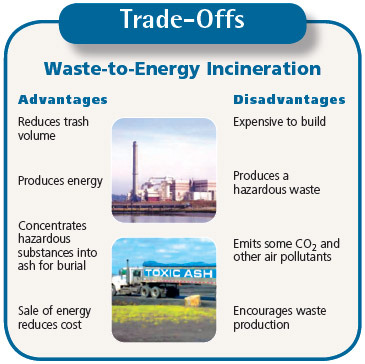
- Risk of air pollution given that the remaining waste for disposal depends if the quality can be green or not.
- Health-related issues – In landfills responsible for WTE projects near communities, residents often complain about health-related issues such as respiratory illnesses, due to the burnings occurring in the WTE plants.
- It is expensive – to control the risk of air pollution, the need for machines and technologies that would help with this problem are costly. Grr.
- Environmental racism – marginalized communities are usually the go-to places for these landfills to be constructed. Quite sketchy because it would appear that the government does not care about the possible health issues these people might face.
Ways on how to generate energy from waste
There are ways on how to generate energy from waste.
Combustion

It is burning up what is left. Heat energy is being produced by this process by, obviously, burning waste. Its efficiency is about 15-27%. Although it has emissions, other pollutants can be harmful, but fossil fuel is not included in this process because it does not need to burn.
Gasification
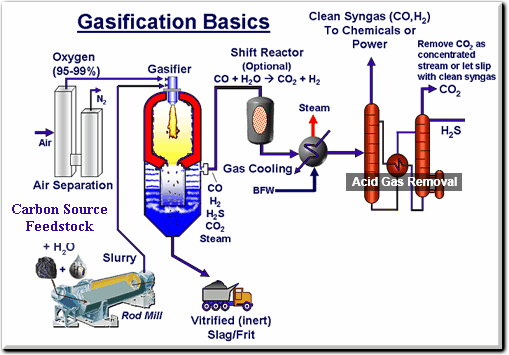
“ The rubbish is combined with oxygen and steam to produce ‘syngas’ – synthesized gas which can then be used to make numerous useful products, from transport fuels to fertilizers or turned into electricity.” It has the same issue with combustion regarding emissions and that it is not quite an efficient process for generating energy as it requires so many things.
Pyrolysis

It does not require high temperatures for generating energy. Instead, low temperature is much needed, and fewer chances of pollutants, unlike combustion. However, it is not a preferable way of generating energy from waste. After all, it is not renewable because it releases CO2.
Why should governments consider Waste to Energy?
The government should implement this program albeit its risk of air pollution because with the amount of support, both moral and financial, from the government, even if it is expensive, it can be sustained. According to COVANTA, “Waste to Energy (or energy-from-waste) facilities provide a safe, technologically advanced means of waste disposal that reduces greenhouse gases, generates clean energy, and recycles metal.”
Given that it is a widely known program that can help mitigate waste and climate change, it is beneficial. The amount of emission does not generate methane, and the metals that may get included in the disposal would be transferred for recycling. Moreover, the generated energy is reliable and generated for 24hrs a day and 7 days a week. Thus, the government should implement this as it is a good investment and can solve a global issue.
Waste to Energy Technologies
WTE Technologies reduces environmental and health damages, unlike landfills and processes on non-renewable waste while generating sustainable energy. Some of the upcoming technologies are the following:
- Hydrothermal Carbonisation
- Dendro Liquid Energy
The more the government supports the goodwill of WtEs, the more chances of surviving climate change and making use of waste products. Hence, these technologies have still a long way to go, and it needs enough support because an excellent way to resolve a predicament is mainly to have support.
Conclusion
Waste to energy is a controversial process of generating energy. Zero waste groups such as GAIA protest against this because of air pollution and how WTE plants threaten recycling. But if done right, waste to energy can be a sustainable energy source that turns trash into treasure.
Of course, our goal should be a circular economy wherein everything should be used over and over, to maximize resources. But while we are still on the way towards this model, implementing waste to energy programs can help cover the gaps of the recycling process.

